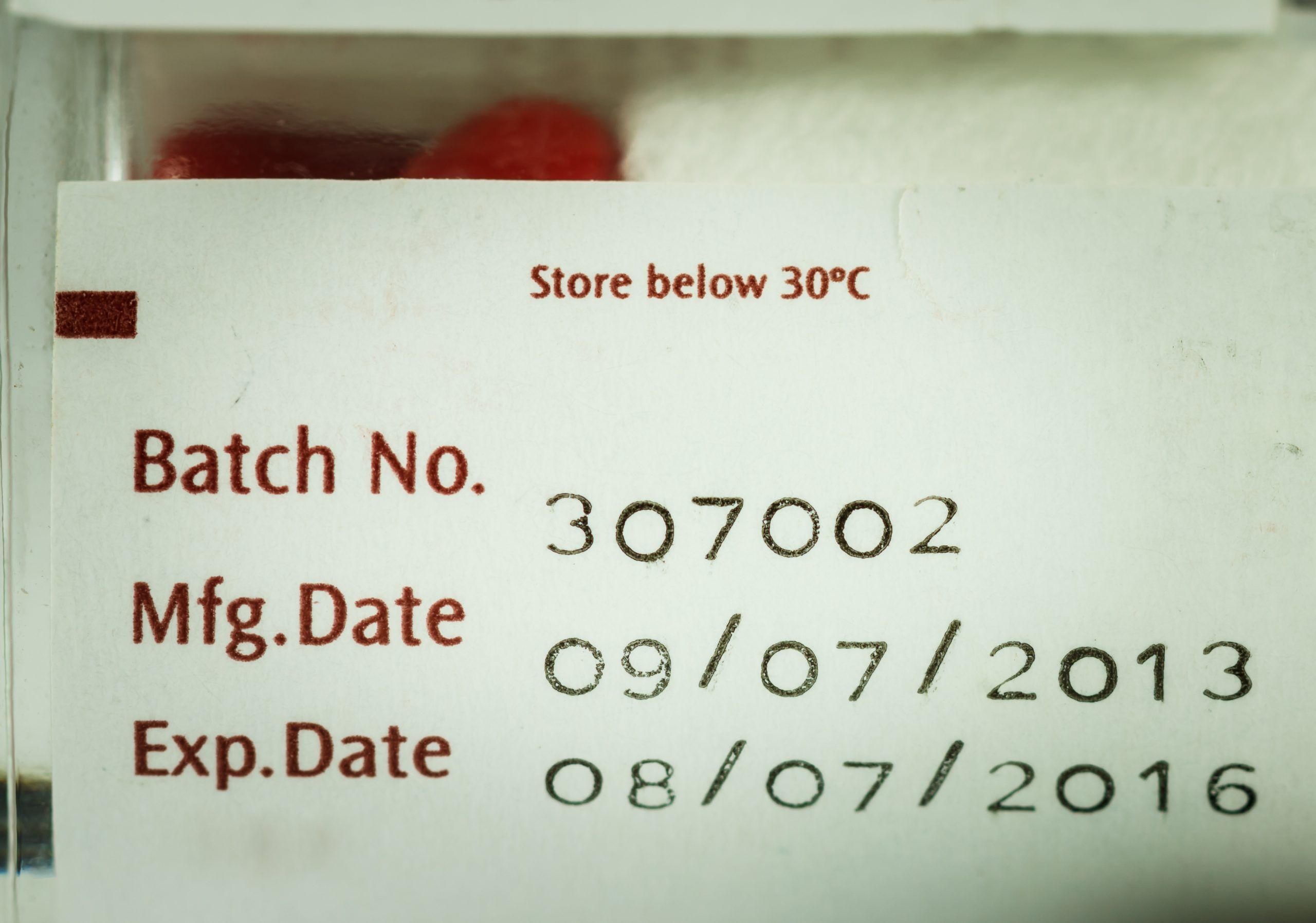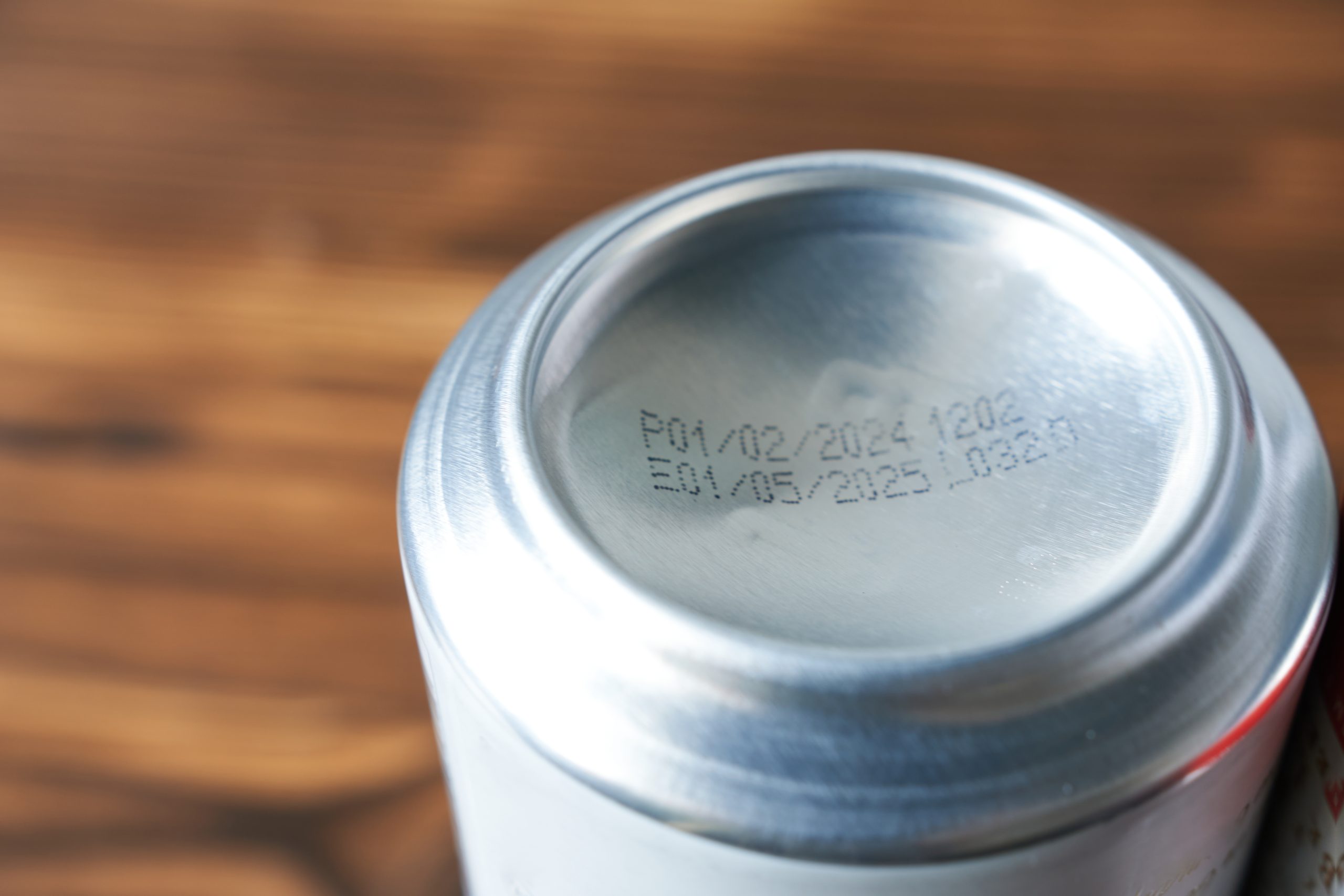Finding the “Best By” date on a food package can sometimes feel like a scavenger hunt. Some brands print it clearly on the front of the label. Others hide it in a tiny, hard-to-read font on the bottom of a can or the crimp of a bag. This lack of standardization is not an accident. There is no federal law that requires a uniform format for date labeling. This allows manufacturers to place and format the date in a variety of confusing ways, which can make it difficult for shoppers to assess a product’s freshness quickly.

The Standard “MM-DD-YY” Stamp
The clearest and most customer-friendly format is a simple, easy-to-read date that is stamped in a visible location, like the top of a carton or the shoulder of a bottle. You will often find this on perishable items like milk, juice, and yogurt. The companies that make these products know that freshness is a key selling point. They have a vested interest in making the date as clear and prominent as possible for the consumer.
The Julian Date Code
A much more confusing format is the “Julian” date code. This is a 3-digit number that represents the day of the year the product was made, from 001 for January 1st to 365 for December 31st. You will often find this on the bottom of canned goods. This code is primarily for the manufacturer to track their inventory. It is not designed to be easily understood by the average shopper, which can hide the true age of the product.
Hidden on the Lid or the Bottom Rim

Many manufacturers of jars and cans will print the “Best By” date on the very top of the metal lid or on the bottom rim of the container. This placement is often a practical choice for the production line. However, it can be very difficult for a shopper to see, especially if the product is on a high or a low shelf. You often have to pick up and handle each item to find and read the date.
The “Lot Code” Confusion
Sometimes, the only number you can find on a package is a long, complex string of letters and numbers. This is a “lot code,” and it is for internal tracking in case of a recall. The expiration date is often embedded somewhere within this code in a way that is impossible for a consumer to decipher. This lack of a clear, separate “Best By” date can be a frustrating and deceptive practice.
A System Designed for Confusion
The chaotic and inconsistent nature of date labeling is a major source of confusion for shoppers. It makes it very difficult to quickly compare the freshness of different brands. It also contributes to a huge amount of food waste, as people will often throw away a product with a confusing date code because they are not sure if it is still good. A clear, simple, and federally standardized system would be a major win for consumers.
How much attention do you pay to the expiration dates on packaged foods? What is the most confusing or hard-to-find date you have ever encountered? Let us know!
What to Read Next
- 5 Everyday Groceries You’ll Find Discounted Right Before Expiration
- 8 Expiration Dates That Are Just Marketing Tricks
- Why Are Chain Stores Selling Expired Items on Clearance?
- 6 Bulk Items That Actually Expire Quicker
- Why Some Grocery Chains Repackage Expired Meat Without Telling You
The post Why Grocery Stores Hide Expiration Dates in Different Ways on Popular Brands appeared first on Grocery Coupon Guide.







